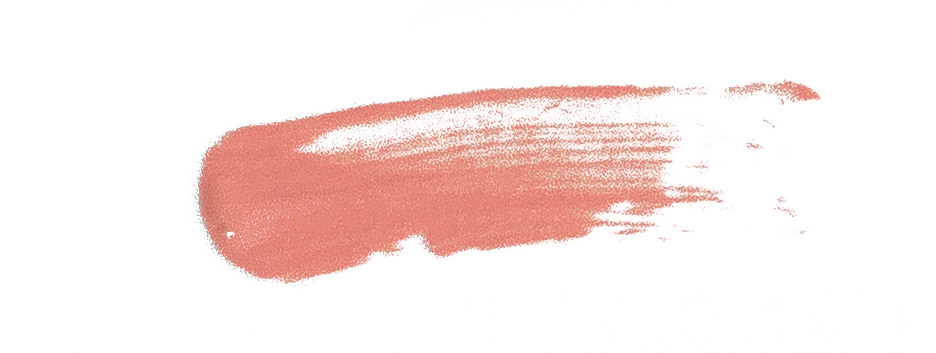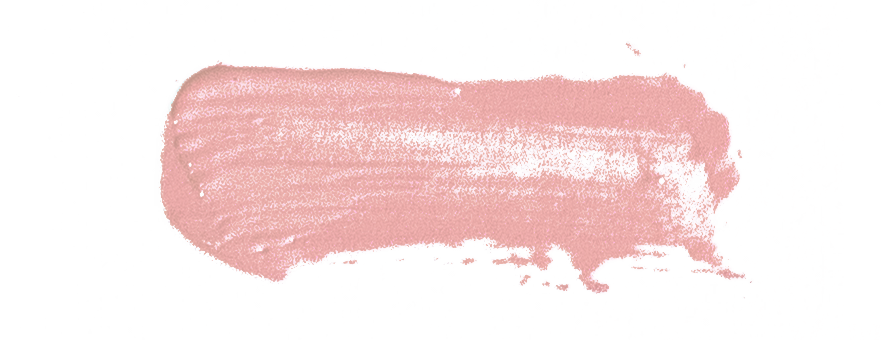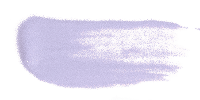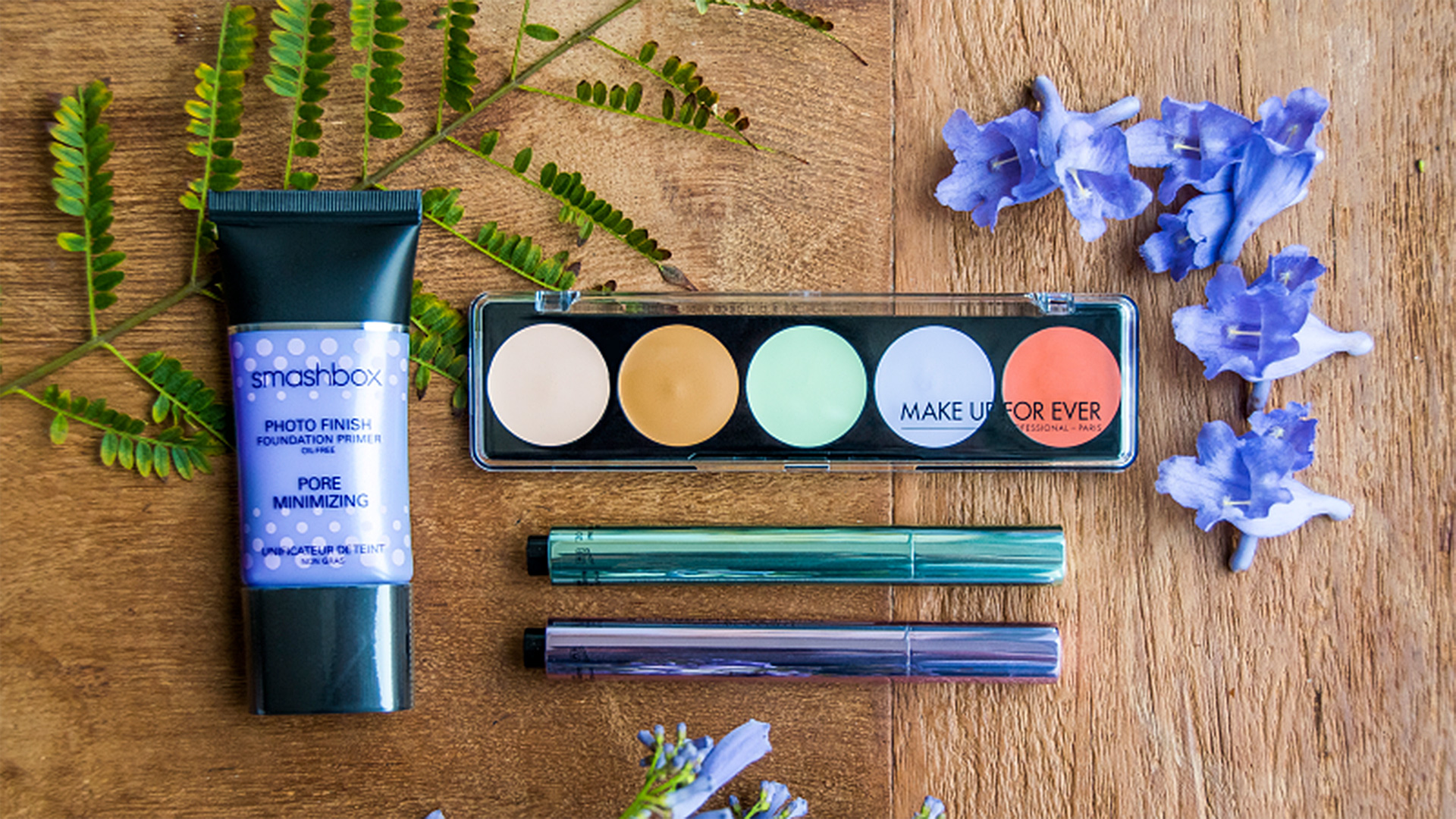Yellow White Blue Purpple Pink Today Tomorrow Forever
Truth: putting green concealer on your zits can do wonders.

If you follow makeup artists on Instagram or turn the pages of any beauty magazine, chances are you'll find a tutorial on color correcting, a much buzzed about new trend that involves wearing concealer in every shade of the rainbow. Turns out putting purple concealer on your face isn't an act of madness but rather an ingenious way to hide blemishes. Here's how to apply color correcting concealer to hide your perfectly cute imperfections.
What is color correcting?
Color correcting is a concealer technique that professional makeup artists have used for years and that went mainstream after social media got wind of the trend. Here, the color wheel determines which color of concealer will work best on your blemish.

Colors that are opposite of one another on the color wheel cancel each other out. Green concealer cancels out red zits, purple concealer minimizes yellow spots, and orange concealer takes care of blue dark circles. If you apply this theory, then you can make your concealer work better for you.
The Basic Rules
Use the appropriate hue to cover blemishes, then lightly pat your foundation on over the color. When covering dark eye circles with orange or pink, apply your regular concealer over the bright pigments, then tap the makeup down with a beauty blender.
 Green Concealer
Green Concealer
For redness, acne and rosacea
Green is opposite the color wheel from red, so it's perfect for hiding any redness on your face, like pimples and acne scars. If you have rosacea, a color correcting green primer will help hide unwanted redness and give you an even base for applying foundation.
 Orange Concealer
Orange Concealer
For people with darker skin tones who have dark circles under their eyes
Orange is opposite from blue. If you have darker skin with blue dark circles, orange will work to help conceal the uneven undertones. People with lighter skin should avoid orange and instead use a peach color corrector.
 Pink Concealer
Pink Concealer
For people with lighter skin tones who have dark circles under their eyes
Pink concealer is usually salmon or peach in tone and is created from a mix of red, orange, and yellow hues. Since these colors are opposite from blue, green, and purple on the wheel, this corrector is best for hiding dark eye circles on lighter skin tones.
 Yellow Concealer
Yellow Concealer
For dark purple bruises, veins, and under eye circles
Yellow color correcting concealer can be used to cover up any blemish that's purple in tone. Bruises, veins, and under eye circles can be hidden with a yellow spot concealer.
 Purple Concealer
Purple Concealer
For yellow skin tones and combatting dull complexion
Purple is best for combatting yellow undertones and brightening skin. Use a purple primer to remove yellow tones from your entire face or use a spot concealer to hide yellow spots.

The Dos & Don'ts of Applying Color Correcting Concealer
- Do choose the right hues for your skin. The effectiveness of color correctors depends on finding the right tone to match your blemish. Remember that orange is for dark skin and peach is for light skin.
- Do apply thin layers! A thick layer of corrector may show through your foundation.
- Don't use colors that you don't need. Color correcting concealer is meant to be used only on blemishes that are strong in appearance. For smaller less noticeable blemishes, a regular concealer will do.
- Do utilize a makeup sponge or beauty blender to pat the coverage into the skin. Don't brush the colors all over your face. This will undo all the hard work you've done by moving the pigments into the wrong areas.
- Do remember that makeup should enhance your skin not hide it! So think of color correcting concealer as a fun extra step that's to be used sparingly and don't forget to let your natural face shine.


Source: https://www.foreo.com/mysa/how-apply-color-correcting-concealer/

0 Response to "Yellow White Blue Purpple Pink Today Tomorrow Forever"
Post a Comment